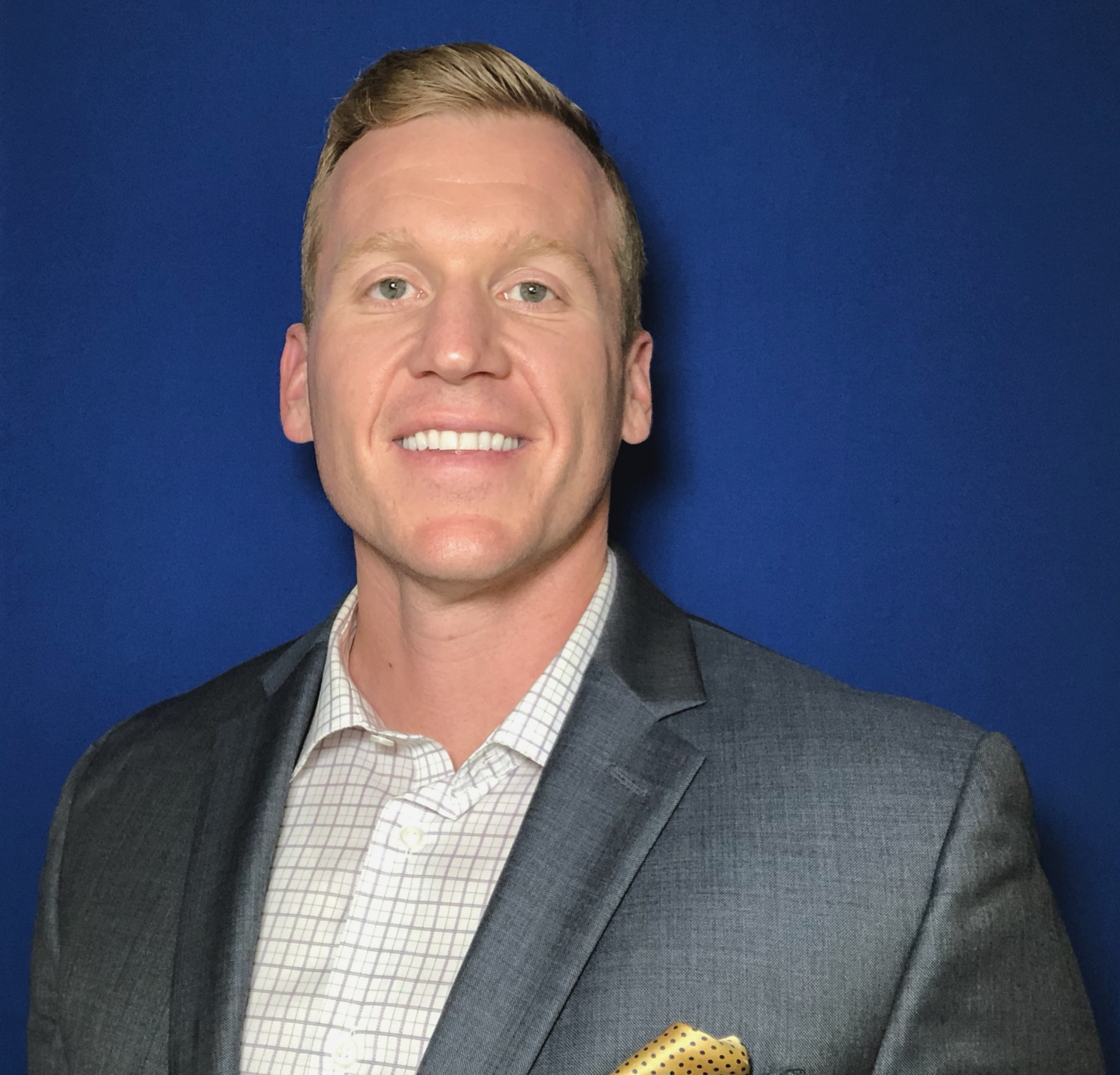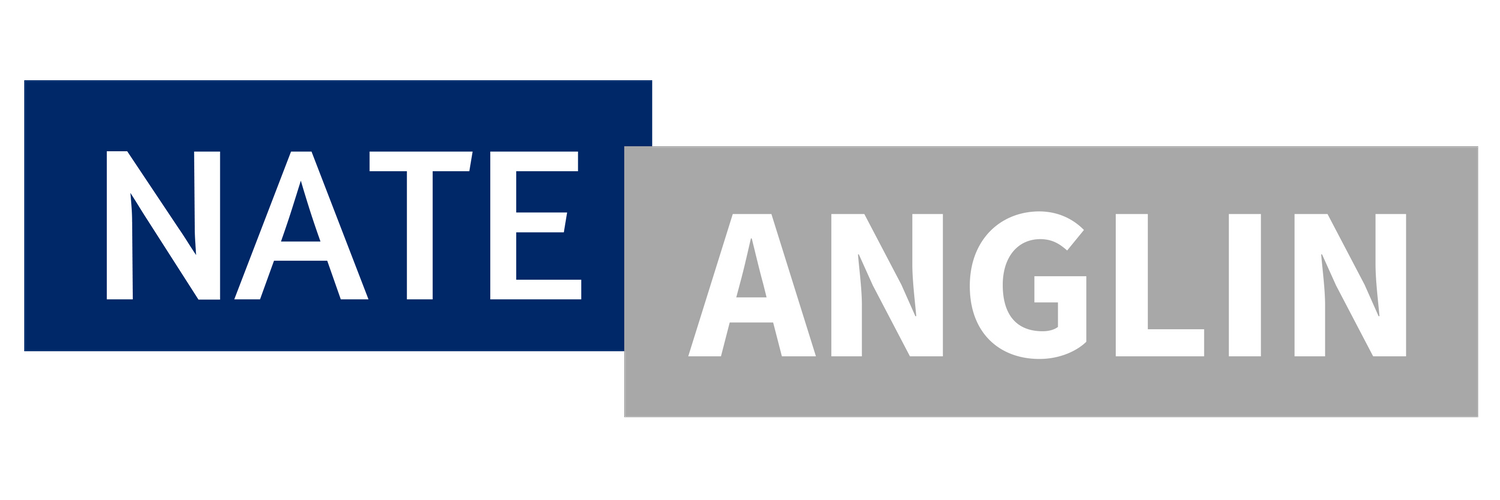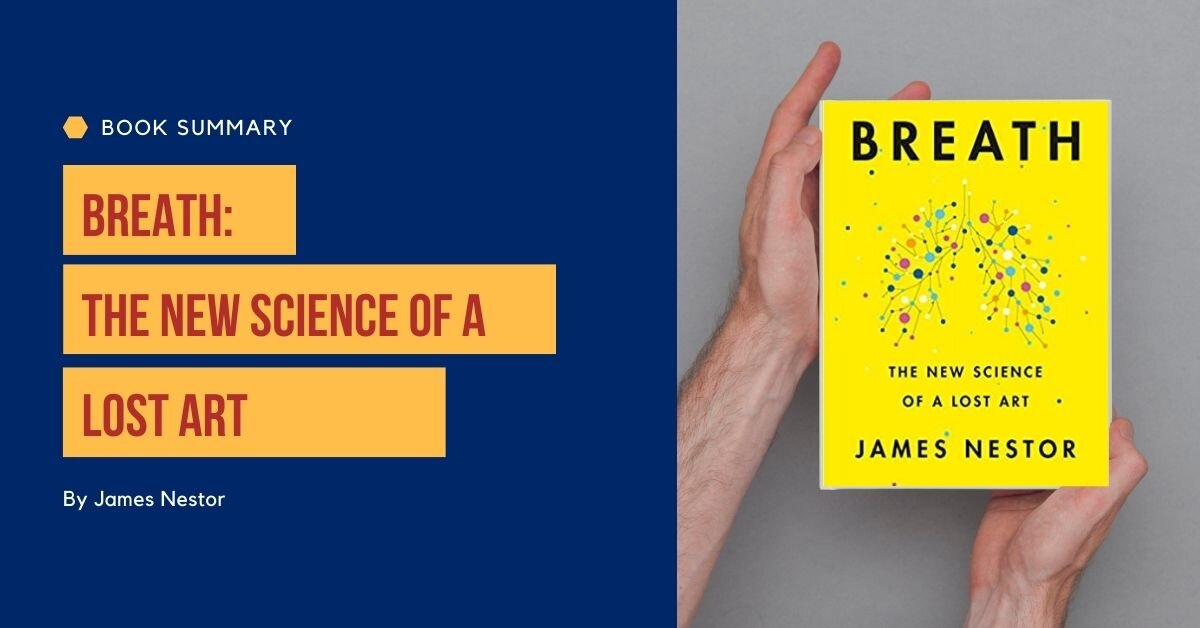Breath: The New Science Of A Lost Art By James Nestor
Rating: 10/10
Read More On Amazon
The Dangers Of Mouth Breathing
40% of the world population today suffers from chronic nasal obstruction.
When our naval cavities become obstructed and congested, airflow decreases, and the bacteria flourish, which leads down a path of infection, colds, and more congestion.
The persistence of mouthbreathing has led Daniel Liberman to coin the term Dysevolution.
“Evolution doesn’t always mean progress, Evans told me. It means change. And life can change for better or worse. Today, the human body is changing in ways that have nothing to do with the “survival of the fittest.”
“We’re adopting and passing down traits that are detrimental to our health.”
“It explains why our backs ache, feet hurt, and bones are growing more brittle.”
Mouthbreathing is a detrimental contributor to why our [[sleep]] quality has declined over the past several decades.
When seasonal allergies hit, sleep apnea and breathing difficulties arise.
When the body has inadequate time in deep sleep, vasopressin isn't secreted normally. The kidneys will release water, which triggers your need to urinate and signals to the brain; you need to consume water.
Poor breathing, thus sleep leads to bed-wetting, ADHD, diabetes, high blood pressure, cancer, and so on.
Mouthbreathing can also make you dumber. A Japanese study in humans from 2013 found that mouthbreathing delivered a disturbance of oxygen to the prefrontal cortex.
A passage from the Tao “The breath inhaled through the mouth is called ‘Ni Ch’i, adverse breath,’ which is extremely harmful,” “be careful not to have the breath inhaled through the mouth.”
Aerobic vs. Anaerobic Respiration
Anaerobic Energy (without oxygen) is only generated with glucose, making it easier for the body to access. It's the backup system when the body doesn't have enough oxygen.
Anaerobic energy is inefficient, which creates excess lactic acid. “The nausea, muscle weakness, and sweating you experience after you’ve pushed it too hard at the gym is the feeling of anaerobic overload.”
“This process explains why the first few minutes of an intense workout are often so miserable. Our lungs and respiratory system haven’t caught up to supply the oxygen our bodies need, and so the body has to use anaerobic respiration. This also explains why, after we’re warmed up, exercise feels easier.”
Aerobic Energy (with oxygen) is the best type of fuel. It's our primary respiration we should partake in.
“When we run our cells aerobically with oxygen, we gain some 16 times more energy efficiency over anaerobic.”
We need to stay in the aerobic burning zone during exercise and throughout the day.
To determine your aerobic/anaerobic threshold subtract your age from 180.
Training and exercise can occur for long stretches below this rate but rarely above it.
If we’re in the anaerobic zone for too long, you'll become tired, shaky, and nauseated.
The Importance Of The Nose
Your nose cleans the air, heats it, and moistens it for easier absorption.
The right nostril is our gas peddle.
“When you’re inhaling primarily through this channel, circulation speeds up, your body gets hotter, and cortisol levels, blood pressure, and heart rate all increase. This happens because breathing through the right side of the nose activates the sympathetic nervous system, the fight or flight mechanism that puts the body in a more elevated state of alertness and readiness.”
The left nostril is our braking system.
“The left nostril is more deeply connected to the parasympathetic nervous system, the rest-and-relax side that lowers temperature and blood pressure, cools the body, and reduces anxiety. Left-nostril breathing shifts blood flow to the opposite side of the prefrontal cortex, the right area that plays a role in creative thought, emotions, formation of mental abstractions, and negative emotions.”
Our bodies operate best, in a state of balance, moving between action and relaxation. This balance is influenced, if not controlled by the nasal cycle.
Mucus in the nose is our body's first line of defense.
“It’s constantly on the move, sweeping along at a rate of about half an inch every minute, more than 60 feet (18.29 m) per day. Like a giant conveyor belt, it collects inhaled debris in the nose, then moves all the junk down the throat and into the stomach, where it’s sterilized by stomach acid, delivered to the intestines, and sent out of your body.”
The nasal turbinates will heat, clean, slow, and pressurize air so that the lungs can extract more oxygen with each breath. This is why nasal breathing is healthier and more efficient than breathing through the mouth.
“The nose is the silent warrior: the gatekeeper of our bodies, pharmacist to our minds, and weather vane to our emotions.”
The sinuses release a huge boost of nitric oxide, which increases circulation and delivers oxygen into the cells.
The amount of nitric oxide in the body contributes to immune function, weight, circulation, mood, and sexual function.
Nasal breathing can boost nitric oxide sixfold, “which is one of the reasons we can absorb about 18 percent more oxygen than by just breathing through the mouth.”
Tape your mouth with 3Ms microfiber tape, which will eliminate your nightly mouthbreathing.
The Importance Of Exhale
A study gathered data from 5,200 subjects over two decades, and the greatest indicator of longevity wasn't genetics, diet, or exercise; it was lung capacity.
“The smaller and less efficient lungs became, the quicker subjects got sick and died. The cause of deterioration didn’t matter. Smaller meant shorter. But larger lungs equaled longer lives.”
Our ability to breathe full breaths is a measure of living capacity, according to researchers.
Practice by counting from one to ten out loud with every exhale, and don't inhale. “1, 2, 3, 4, 5, 6, 7, 8, 9, 10; 1, 2, 3, 4, 5, 6, 7, 8, 9, 10—then keep repeating it.”
“At the end of the exhale, when I was so out of breath I couldn’t vocalize anymore, I was to keep counting, but to do so silently, letting my voice trail down into a sub-whisper.”
Breathe Less And Slow
“What many of these doctors found, and what Olsson would discover much later, was that the best way to prevent many chronic health problems, improve athletic performance, and extend longevity was to focus on how we breathed, specifically to balance oxygen and carbon dioxide levels in the body.”
To do this, we’d need to learn how to inhale and exhale slowly.
Breathing less helps us get more carbon dioxide into our bodies.
Certain muscles receive more oxygen than lesser-used muscles. They produced more carbon dioxide, which attracts more oxygen.
Breathing less produces more energy more efficiently.
“Heavy and panicked breaths would purge carbon dioxide. Just a few moments of heavy breathing above metabolic needs could cause reduced blood flow to muscles, tissues, and organs.”
By taking fewer breaths, we allow our lungs to “soak up” more in fewer breaths.
Breathing is like rowing a boat, “taking a zillion short and stilted strokes will get you where you’re going, but they pale in comparison to the efficiency and speed of fewer, longer strokes.”
“Slower, longer exhales, of course, mean higher carbon dioxide levels. With that bonus carbon dioxide, we gain a higher aerobic endurance.”
“The less one breathes, the more one absorbs the warming touch of respiratory efficiency—and the further a body can go.”
“This shouldn’t come as much of a surprise. Nature functions in orders of magnitude. Mammals with the lowest resting heart rates live the longest. And it’s no coincidence that these are consistently the same mammals that breathe the slowest.”
“The only way to retain a slow resting heart rate is with slow breaths. This is as true for baboons and bison as it is for blue whales and us.”
“The optimum amount of air we should take in at rest per minute is 5.5 liters. The optimum breathing rate is about 5.5 breaths per minute. That’s 5.5-second inhales, and 5.5-second exhales. This is the perfect breath.”
Chew More
Over the years, our jaw has weakened and has entrenched us with facial problems. “Societies that replaced their traditional diet with modern, processed foods suffered up to ten times more cavities, severely crooked teeth, obstructed airways, and overall poorer health.”
Our ancient ancestors chewed for hours a day. “Because they chewed so much, their mouths, teeth, throats, and faces grew to be wide and strong and pronounced.”
“If you go to a mirror, open your mouth, and look at the back of the throat, you’ll see a fleshy tassel that hangs bat-like from the soft tissues. That’s the uvula. In mouths least susceptible to airway obstruction, the uvula will appear high and clearly visible from top to bottom. The deeper the uvula appears to hang in the throat, the higher the risk of airway obstruction. In mouths that are most susceptible, the uvula may not be visible at all.”
“Next is the tongue. If the tongue overlaps the molars or has 'scalloping' teeth indentations on its sides, it’s too large and will be more apt to clog the throat when you lie down to sleep.”
“It starts with the mouth, and mouth size is indiscriminate. Ninety percent of the obstruction in the airway occurs around the tongue, soft palate, and tissues around the mouth. The smaller the mouth is, the more the tongue, uvula, and other tissues can obstruct airflow.”
“Years after having tonsils removed, children can develop obstructions in the airways and all the problems that come with it. This is because neither adenoid/tonsil removal nor CPAP nor other procedures provides a satisfying long-term solution, because none deals with the core issue: a mouth that is too small for the face.”
“The earliest orthodontics devices weren’t intended to straighten teeth, but to widen the mouth and open airways.”
If teeth have the right nutrition and enough room, they'll grow straight.
“The combination of extractions and retractive orthodontics hindered forward facial growth and breathing.”
“A 2006 peer-reviewed study of 50 children showed that the Biobloc expanded airways by up to 30 percent over the course of six months.”
Our breathing posture is important:
“Hold the lips together, teeth lightly touching, with your tongue on the roof of the mouth. Hold the head up perpendicular to the body and don’t kink the neck. When sitting or standing, the spine should form a J-shape—perfectly straight until it reaches the small of the back, where it naturally curves outward. While maintaining this posture, we should always breathe slowly through the nose into the abdomen.”
Mike Mew recommended a series of tongue-thrusting exercises:
“Push the back of the tongue against the back roof of the mouth and move the rest of the tongue forward, like a wave, until the tip hits just behind the front teeth.”
Chewing. “The more we gnaw, the more stem cells release, the more bone density and growth we’ll trigger, the younger we’ll look, and the better we’ll breathe.”
Until a few hundred years ago, mothers would breastfeed infants up to two to four years of age, and sometimes to adolescence.
Dozens of studies have shown a lower incidence of crooked teeth and snoring and sleep apnea in infants who were breastfed longer than those who were bottle-fed.
The Homeoblock is an expanding device invented in the 1990s to expand the mouth to make breathing easier.
“Whenever they switched from harder foods to soft foods, faces would narrow, teeth would crowd, jaws would fall out of alignment. Breathing problems would often follow.”
Benefits Of Holding Your Breath
Chemoreceptors are what separates good athletes from great ones.
“It's why some freedivers can hold their breath underwater for ten minutes, and elite mountain climbers can climb summit Everest without supplemental oxygen.”
“They have trained their chemoreceptors to withstand extreme fluctuations in carbon dioxide without panic.”
Breathe More, On Occasion
“Techniques like Tummo, Sudarshan Kriya, and vigorous pranayamas...stress the body on purpose, snapping it out of its funk so that it can properly function during the other 23½ hours a day.”
“Conscious heavy breathing teaches us to be the pilots of our autonomic nervous systems and our bodies, not the passengers.”








